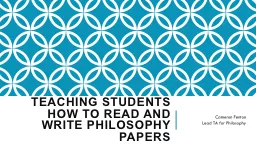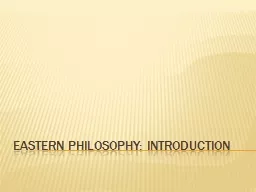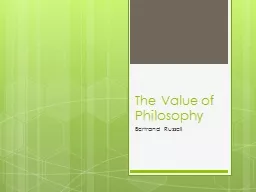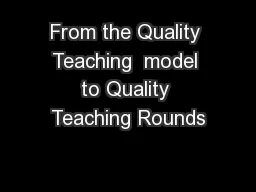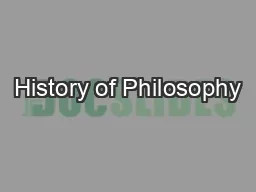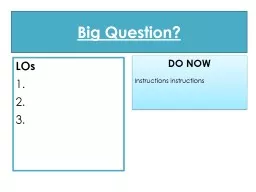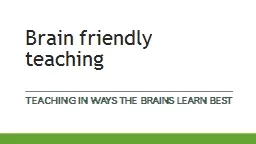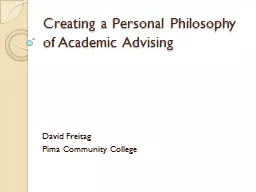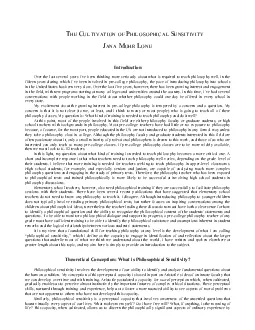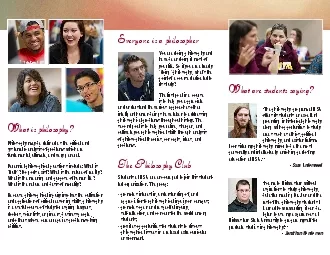PPT-Teaching Students How to Read and Write Philosophy
Author : myesha-ticknor | Published Date : 2019-06-22
Papers Cameron Fenton Lead TA for Philosophy But first Ive been getting mixed feedback about participant interaction in the workshops Some people really like it
Presentation Embed Code
Download Presentation
Download Presentation The PPT/PDF document "Teaching Students How to Read and Write ..." is the property of its rightful owner. Permission is granted to download and print the materials on this website for personal, non-commercial use only, and to display it on your personal computer provided you do not modify the materials and that you retain all copyright notices contained in the materials. By downloading content from our website, you accept the terms of this agreement.
Teaching Students How to Read and Write Philosophy: Transcript
Download Rules Of Document
"Teaching Students How to Read and Write Philosophy"The content belongs to its owner. You may download and print it for personal use, without modification, and keep all copyright notices. By downloading, you agree to these terms.
Related Documents

